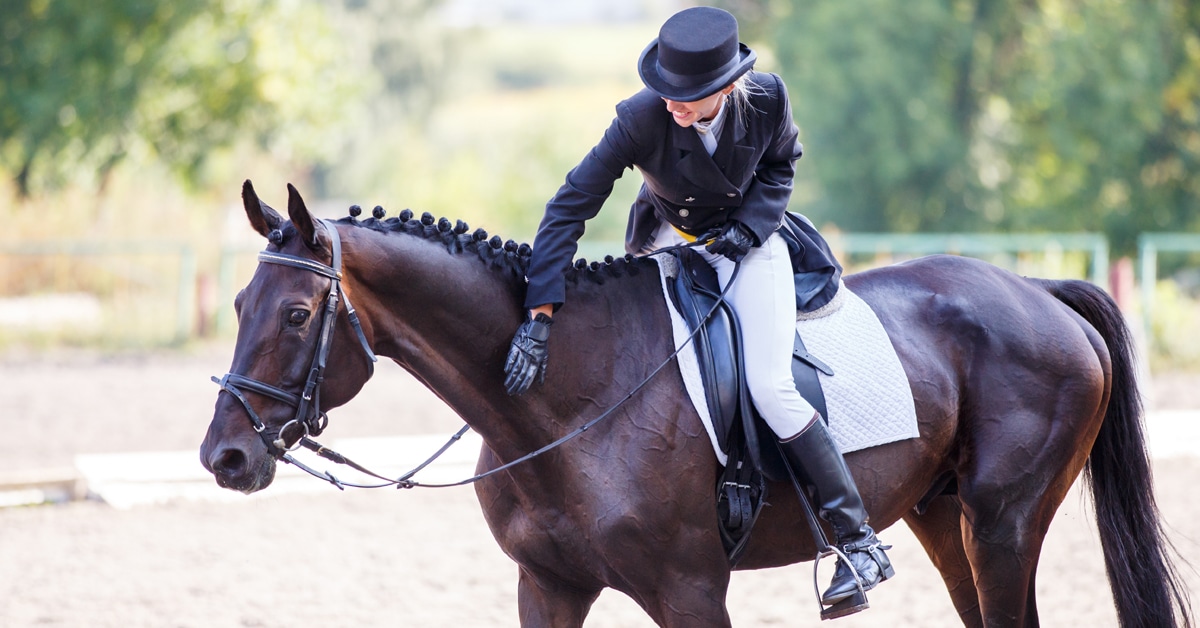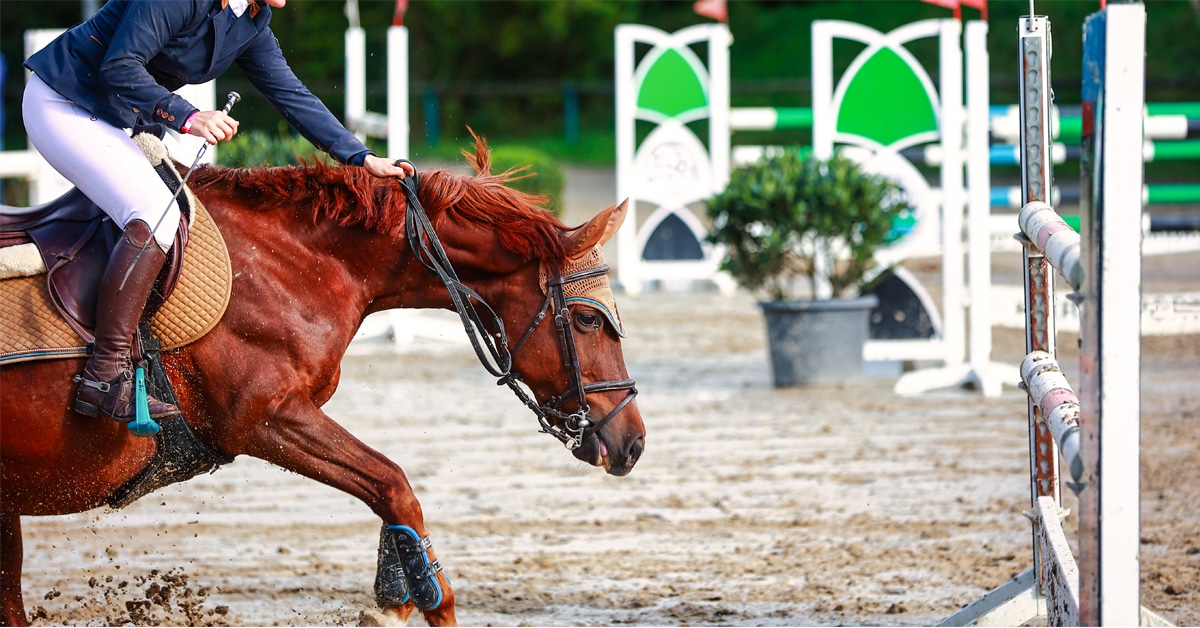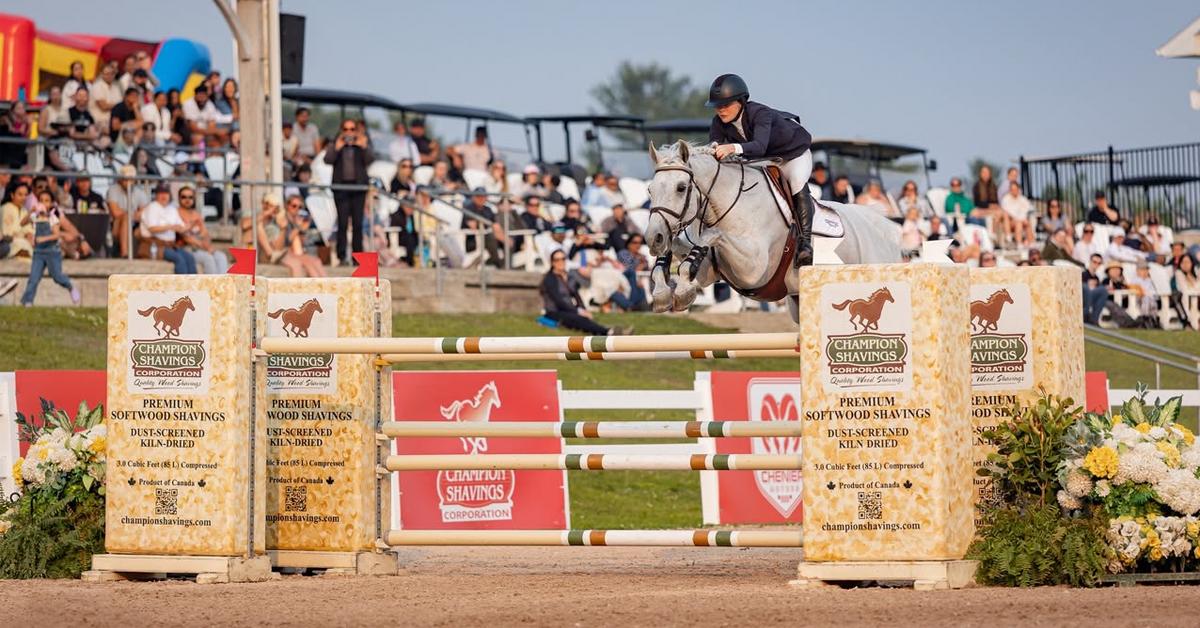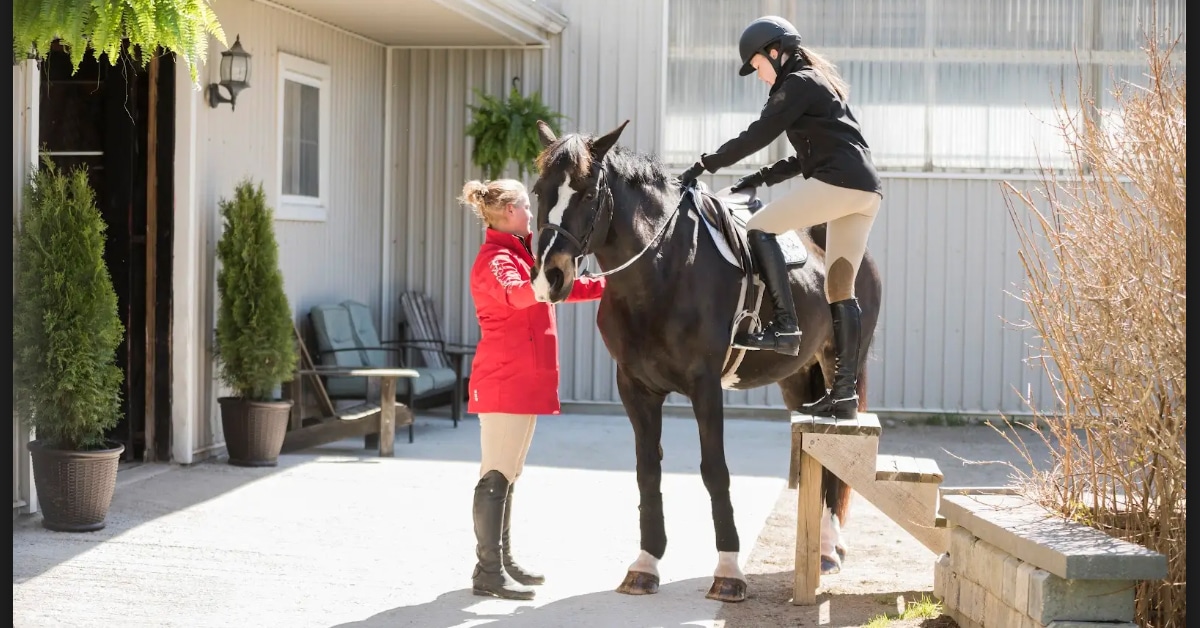Sports betting has reached unprecedented scale, with global market revenues topping US $108.9 billion in 2024 and projected to hit $198.5 billion by 2030, growing at roughly 10% annually. As this booming market matures, bettors who once focused exclusively on football or basketball are venturing into horse racing, drawn by the rhythm of rapid-fire race cards and rich tactical layers. Mobile apps and real-time streaming have made horse racing far more accessible than ever, helping it resemble the fast-paced feel of live sports.
Platforms now blend multiple betting formats into one seamless interface; if you’re already betting on sports, you’ll likely find the learning curve refreshingly short. Many sportsbooks now offer racing alongside casino games, which gives you more ways to play without switching platforms. You’re presented with live odds, AI-generated tips and real-time stats in a format you’re already used to. In other words, it’s less about replacing your usual wagers and more about broadening how you interact with fast-moving, data-driven betting opportunities.
Market dynamics fueling crossover interest
The market surge for horse and sports betting combined is no accident; it reached approximately US $321 million in early 2025 and is continuing to grow at around 11% each year. Meanwhile, horse-only betting volume worldwide is expected to hit $47.2 billion in 2025 and is growing at a healthy 7.6% annually through 2033. North America is leading the charge in digital adoption; however, Europe’s legacy tracks and famous festivals—like Royal Ascot and the Grand National—continue to drive seasonal spikes in betting turnover.
In response to changing consumer demand, companies like Churchill Downs are pivoting, investing heavily in electronic wagering formats and even table-style gaming hubs within racetrack venues. These hybrid models are helping to bring younger, digitally-savvy bettors through the gates. If you’re coming from the sports betting side, you’re entering a market that already understands your expectations for speed, flexibility and real-time stats. The horse racing industry has taken notice and is tailoring the experience to suit someone like you—someone used to placing multiple bets a day across different leagues or tournaments.
Tools and technology shaping bet decisions
Advanced betting tools are transforming the way you can engage with horse racing, with predictive analytics, machine learning and real-time tracking making the sport far more measurable. Now, rather than relying on gut instinct, you can use software that compares form, jockey-trainer combos, draw bias and historical pace figures. Some of the most impactful innovations are happening in multi-bet calculators. If you’ve ever tried a flag bet or a Yankee, these tools help determine risk and potential payout instantly—mirroring the accumulator strategies common in sports markets.
Betting exchanges let you lay horses (bet on them to lose), which adds flexibility for anyone who’s used to trading odds or hedging in real time, while live odds respond to every market fluctuation and news update. If you already follow team sheets or injury updates in football, you’ll probably enjoy tracking non-runners, ground changes and late betting moves. Thus, the tech has created conditions where your sports betting intuition becomes a real asset in the racing space. It’s all about recognizing familiar patterns in a new setting.
Regulatory shifts and economic pressures
Regulatory changes are also dictating where your money flows and how you choose to wager. In the UK, a recent proposal aims to bring horse racing’s Remote Betting Duty in line with the 21% tax levied on remote gaming, up from the current 15%. Industry leaders warn this could strip horse racing of £40 to £90 million in revenue annually, potentially damaging sponsorships and even pushing bettors toward unregulated alternatives.
In the U.S., a record $148 billion was wagered legally in 2024 alone, but rising concerns about problem gambling are prompting regulatory scrutiny. Operators are now caught in a balancing act—growing revenue while keeping their practices ethical and transparent. If you’re tracking changes in legislation, especially in major betting jurisdictions like New Jersey or the UK, you’ll see how quickly the legal environment can shift. These pressures influence where companies invest next—and right now, that’s often in racing, where bettors like you are beginning to see value, variety and more control over how and when to stake.
Tips for bettors expanding into mixed markets
If you’re looking to expand your betting interests into horse racing, it’s smart to treat it like any new market: systematically. The good news is that many of the principles you already apply to sports betting will carry over. Start with staking discipline. Level stakes or percentage-based bankroll management is just as effective on the turf as it is on the pitch. Value betting remains king—look for odds that beat your own probability estimates. Major festivals like Cheltenham, the Irish Oaks and Royal Ascot offer frequent promotions, boosted odds and each-way specials, giving you room to experiment.
You’ll also find racing tips and insight communities across social media and forums, much like you would for fantasy football or UFC betting. Keep records, study results and refine your selections. You’re not gambling blind; you’re testing a structured approach. Racing gives you that fast-turnover, data-rich environment sports bettors often crave. If you’ve mastered momentum in sports betting, you’re well-positioned to adapt and profit from the backstretch without starting from scratch.
Key Takeaways
- Bettors are diversifying: Sports betting hit $108.9B in 2024, with growth to $198.5B by 2030 as more bettors move into horse racing for faster, integrated betting options.
- Horse racing is rebounding: Global horse racing bets will reach $47.2B in 2025, growing 7.6% annually, fueled by mobile tools and real-time analytics.
- Tax changes matter: Proposed UK tax hikes could cut £40–90M from racing each year, driving digital pivots and influencing where bettors place their money.
The Latest









